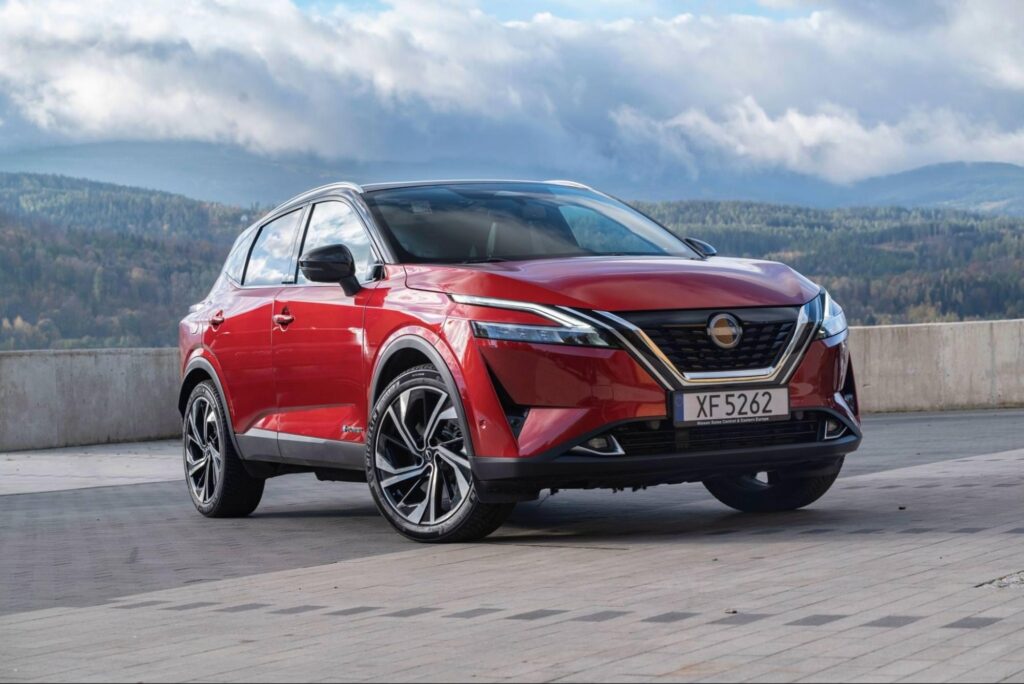Nissan’s Potential Production Shift: Exploring the Impact of Moving Manufacturing to the U.S.
In a notable strategic development, Nissan Motor Co. is reportedly considering relocating a segment of its manufacturing operations from Japan to the United States. This initiative emerges amid persistent global automotive industry challenges, including supply chain interruptions and shifting consumer preferences. As automakers worldwide recalibrate their production footprints to enhance efficiency and responsiveness, Nissan’s contemplated move exemplifies this broader trend toward regionalized manufacturing hubs. This article examines the potential consequences of Nissan’s plans for both its corporate trajectory and the American automotive sector.
Evaluating Nissan’s Strategic Realignment Toward U.S.-Based Production
Nissan’s contemplation of transferring part of its production capacity from Japan to American soil represents a complex strategic adjustment aimed at addressing multiple economic pressures. Rising operational costs in Japan combined with the increasing significance of North America as a key market are driving factors behind this consideration. Industry experts suggest that establishing or expanding manufacturing facilities in the U.S. could enable Nissan to better align with local consumer demands while reducing vulnerabilities exposed by recent global supply chain disruptions.
This approach aligns with an industry-wide shift where manufacturers prioritize localized production to minimize tariff impacts and accelerate delivery times in competitive markets. However, beyond immediate cost savings and logistical advantages, several critical factors warrant attention:
- Workforce Dynamics: The relocation may result in workforce restructuring, potentially affecting employment levels within Japanese plants.
- Regulatory Environment: Compliance with differing environmental standards in the U.S. could influence Nissan’s sustainability initiatives.
- Economic Fluctuations: Exchange rate volatility and evolving trade policies introduce new layers of financial risk and opportunity.
The success of this transition will depend heavily on how effectively Nissan manages these variables while preserving brand integrity, customer loyalty, and innovation leadership on a global scale.
The Economic Ripple Effect: Benefits for American Communities
If realized, Nissan’s partial relocation could serve as an economic boon for various regions across the United States by stimulating job creation and attracting investment into local economies. Automotive manufacturing has historically been a catalyst for revitalizing communities through direct employment opportunities as well as secondary growth among suppliers and service providers.
- Employment Growth: New factory openings or expansions typically generate thousands of jobs ranging from assembly line workers to engineering roles.
- Capital Influx: Increased investments often lead to improvements in infrastructure such as transportation networks supporting industrial activity.
- Sustained Local Business Expansion: Ancillary businesses—including logistics firms, maintenance services, hospitality sectors—tend to flourish alongside growing workforces.
The competition among states eager to attract such investments may also spur enhanced incentives aimed at fostering business-friendly environments conducive to long-term growth.
| Year | Jobs Created | Investment ($ Millions) | Local Supplier Engagement (%) |
|---|---|---|---|
| 2019 | 1,800 | $250M | 35% |
| 2021 | 2,300 | $350M | 45% |

